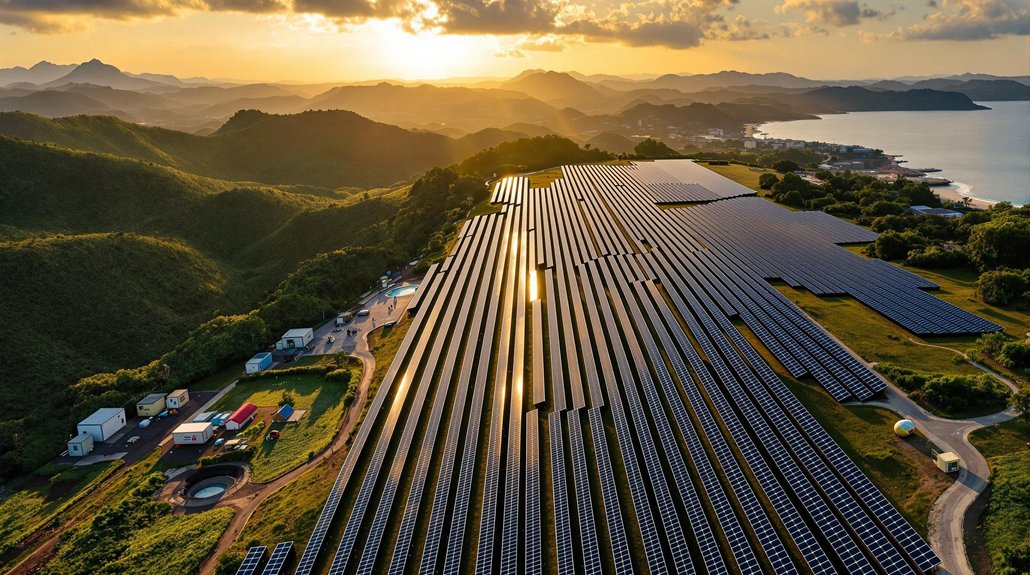The UK’s renewable energy sector faced a major setback yesterday. Danish company Ørsted canceled its Hornsea 4 offshore wind project. The massive installation would’ve powered 2.6 million homes with clean electricity. Rising costs, supply chain issues, and higher interest rates made the project financially unviable. The cancellation will cost Ørsted approximately $475 million and raises questions about the UK’s ability to meet its ambitious clean energy targets without improved industry support.
Energy giant Ørsted has pulled the plug on its massive Hornsea 4 offshore wind project in the UK, dealing a blow to the country’s renewable energy goals. The Danish company announced the cancellation on May 7, 2025, citing rising costs and financial concerns that made the project no longer viable.
The Hornsea 4 project was planned to have a capacity of 2.4 gigawatts, making it one of the world’s largest offshore wind farms. Located about 40 miles off the UK coast, it would have provided clean electricity to 2.6 million UK households once completed.
Ørsted will face significant costs for shelving the project. The company expects to pay between $533.4 million and $685.7 million in 2025, with an EBITDA impact of approximately $475 million. This comes just months after the project was awarded a Contract for Difference in September 2024, with a strike price of £58.87 per megawatt hour.
Several factors led to the project’s cancellation. Increased supply chain costs, higher interest rates, and greater execution risks made the expected returns too low. The company also worried about timeline risks for completing such a large project.
The decision represents a setback for the UK’s goal of having a clean power grid by 2030. Despite this, UK Energy Minister Ed Miliband expressed confidence that other projects in the pipeline will help meet the country’s clean energy targets.
Ørsted isn’t alone in facing challenges. The offshore wind industry globally is experiencing what some call a “perfect storm” of economic difficulties. Companies like BP and Vattenfall have also reported project cancellations or significant write-downs. Vattenfall specifically halted its Norfolk Boreas project due to a 40% cost increase that rendered it financially unviable.
Despite cancelling Hornsea 4, Ørsted remains active in the UK market. Hornsea 1 and 2 continue to operate with a combined capacity of 2.5 gigawatts, while Hornsea 3 is still under construction with a planned capacity of 2.9 gigawatts. The project’s discontinuation will also result in capitalized costs write-downs of between $76 million and $152.3 million.
Experts from Aurora Energy Research suggest that reaching the UK’s clean power goals has become more challenging, potentially requiring revised support mechanisms to attract future investment in offshore wind. This setback comes at a time when the United States has seen renewable energy surpass fossil fuels in its power grid for the first time.
References
- https://sustainabilitymag.com/articles/offshore-wind-why-has-orsted-scrapped-hornsea-4
- https://maritime-executive.com/article/oersted-discontinues-planned-uk-wind-farm-citing-costs-and-interest-rates
- https://www.energyconnects.com/news/renewables/2025/may/uk-clean-power-goal-slips-further-out-of-reach-after-wind-farm-axed/
- https://www.offshorewind.biz/2025/05/07/orsted-pulls-plug-on-2-4-gw-hornsea-4-offshore-wind-project-in-uk/
- https://theenergynewsbeat.substack.com/p/rsted-shelves-24gw-uk-offshore-wind








